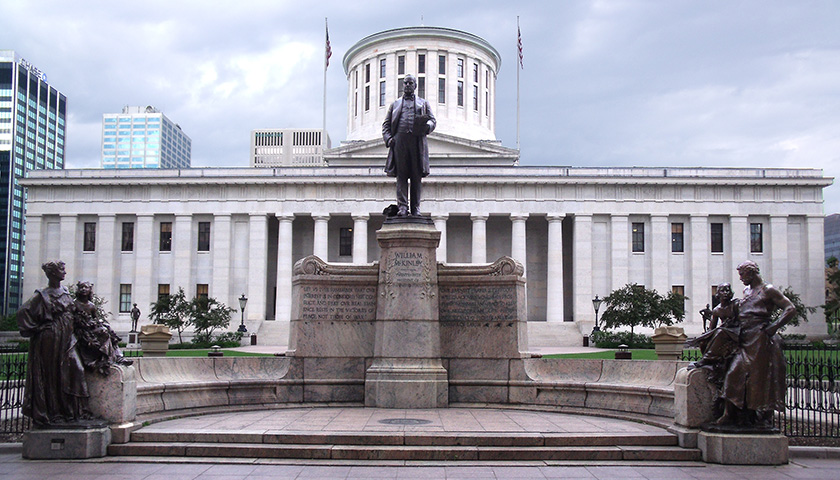A new report from several free-market think tanks ranks Ohio 35th out of the 50 states regarding economic freedom.
The Columbus-based Buckeye Institute issued the Economic Freedom of North America 2022 report in collaboration with the Canadian Fraser Institute, the Puerto Rican Instituto de Libertad Económica, and the Mexican Caminos de la Libertad. The study factors in government spending levels, taxation, and labor-market flexibility when ranking all states and provinces across the continent.
Ohio ranked especially poorly in the area of public-sector expenditures. The state placed only 31st regarding transfers and subsidies as a fraction of personal income. It ranked an abysmal 49th in the category of “insurance and retirement payments as a percent of personal income.”
The Buckeye State achieved more middling rankings concerning labor-market restrictions and taxes, taking 29th and 22nd place, respectively.
According to the think tanks’ calculations, which date back to 1981, Ohio has not matched the U.S.’s overall economic liberty at any point in the last three decades. Yet Buckeye vice president of policy Rea S. Hederman Jr., who heads the institute’s Economic Research Center, credited state leaders with chipping away at the state’s tax-spend-and-regulate paradigm over the last few years. He added he hopes lawmakers will make further progress next year.
“Although Ohio has maintained a mediocre [ranking], the 2023 budget year offers opportunities for dramatic improvement,” Hederman said in a statement. “Next year, Ohio must prioritize reducing government spending, making responsible tax reforms and promoting labor market freedom. Adopting pro-growth, pro-freedom economic and regulatory policies will help make Ohio a place where businesses, workers and families can pursue the American dream.”
When discussing recent improvements, the report touted reforms to, and reductions of the state’s personal income tax, whose highest marginal rate went down from 4.79 percent to 3.99 percent this year. The document also lauded the state for allowing military spouses to have their out-of-state occupational licenses recognized in Ohio. But analysts underscored bloat in the state’s workers-compensation system, public-sector pensions and overall state spending as problems that must be tackled to help the state keep workers from moving and to attract new people from other regions.
In descending order, the jurisdictions rated as the freest in the U.S. at the subnational level were Florida, New Hampshire, South Dakota, Texas, and Tennessee. At the all-government level (taking federal governance into account), nearly all states in the U.S. placed higher than all Canadian provinces and Mexican states in the report, the exceptions being Rhode Island, Hawaii, and New York, which ranked lower than Alberta, Canada; and Delaware which also ranked beneath British Columbia.
In the all-government index, no Mexican state outranked any Canadian province, with the states of Chihuahua, Nayarit, Baja California and Yucatán all placing beneath Canada’s northeastern locale of Prince Edward Island.
– – –
Bradley Vasoli is managing editor of The Ohio Star. Follow Brad on Twitter at @BVasoli. Email tips to [email protected].





